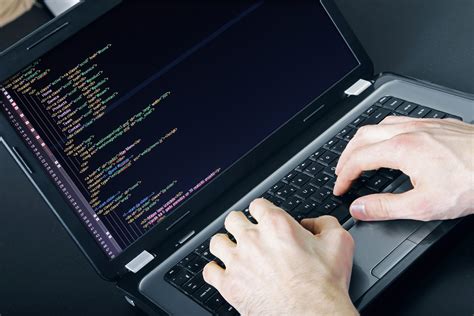In the ever-evolving landscape of software development and deployment, one often overlooked yet critical facet is the security and integrity of installation scripts, particularly in Unix-like environments. Traditionally, software installations might involve direct execution commands such as curl URL | sh, which inherently possess several risks. A simplistic, yet potent innovation in scripting that has gained traction is the encapsulation of the entire script in a main function, which is only called at the end. This methodology guarantees that if a script download is truncated due to network issues, the incomplete segments won’t execute erratically and harm the system.
The primary objective of wrapping a script in a main function is to ensure its complete execution before any code runs. This is essential because a non-sequential initiation could lead to what is known only too well in software parlance as a ‘half-baked execution’: where only portions of the script run, leading to potential failures and breaches. We’ve seen from user feedback and expert discussions that although this is a seasoned practice, many developers and administrators are still only now becoming aware of these protective measures. Moreover, referencing studies like XKCD’s educational comics, some might argue this is a rediscovery of old methods in the light of new user experiences.
Advanced users and system administrators suggest a more manual but reliable approach to safeguarding script execution. Rather than directly piping from curl to sh, it is recommended to first download the script with wget or similar tools, inspect the contents, and explicitly execute it afterwards if it appears safe. This method drastically reduces the risk of executing a script laced with malicious code or simply the wrong script, especially in scenarios where the auto-execution of the script could lead to system compromise or failure. This practice underscores a fundamental truth in cybersecurity: the necessity of user vigilance and the thorough vetting of any downloaded software component.
In addition to structural script improvements, implementing checksum or hash verification within the script adds a robust layer of security. Users pointed out the potential of scripts self-verifying through in-script checksum calculations before executing the main logic. This mechanism ensures the integrity of the script by comparing a pre-calculated hash of the script’s contents (typically stored within the script or retrieved securely) with a freshly computed one at runtime. Users and administrators can be somewhat assured that the script has not been tampered with or altered between the source and the destination. The potential here not only improves trust in the installation process but also integrates an automatic safeguard against common threat vectors.
Despite these sophisticated techniques, the broader discussion among users also highlights an inherent skepticism towards the security of script-based installations, comparing them to executable downloads on platforms like Windows. There, systems might urge caution or outright prevent execution unless the binary is verified through digital signatures or trusted relationships. The juxtaposition of open-source scripting freedom and proprietary security measures invites a deeper dialogue on the balance between user empowerment in software management and the necessary precautions to mitigate associated risks. Exploring and leveraging community-driven validations, like those found on platforms such as SignPath for open-source initiatives, can bridge this security gap, infusing traditional script-based deployments with a contemporary layer of trust and verification.


Leave a Reply